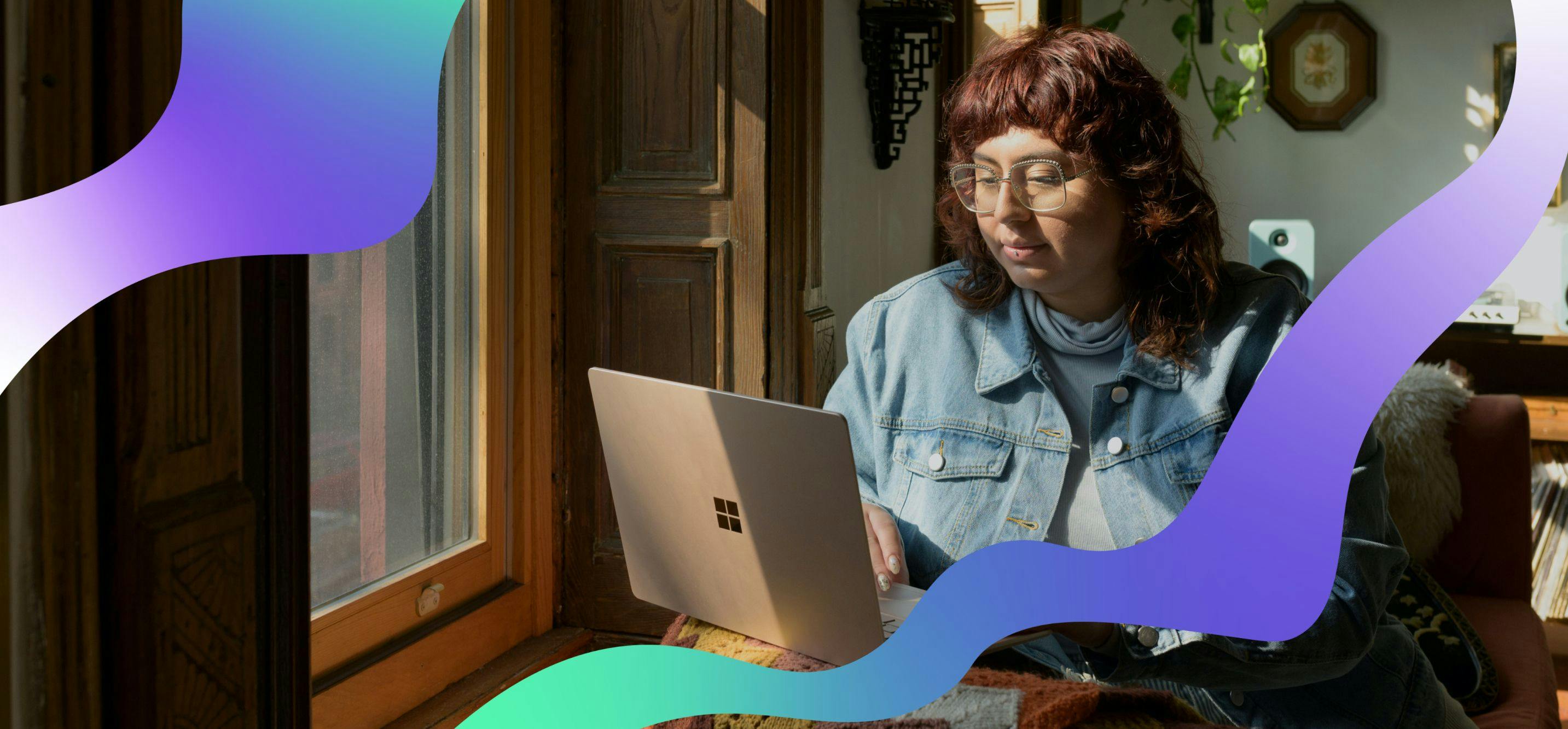In user experience (UX) design, understanding what motivates users is essential for creating engaging and effective digital products. The Fogg Behavior Model, introduced in our previous article, offers a framework focusing on driving and explaining behavioural change. At the heart of this model lies a deep understanding of user motivations, making it a powerful tool for shaping user interactions and fostering positive behaviours.
Exploring Motivation in the Fogg Behaviour Model
Motivation serves as the driving force behind user behaviour. In the Fogg Behavior Model, Dr. B.J. Fogg identifies three primary dimensions of motivation:** sensation, anticipation and belonging.** Each dimension taps into fundamental human desires and emotions, influencing whether users are inclined to engage with a product or service.
Sensation (Physical motivation): Users are motivated to seek pleasure and avoid pain. Products that offer enjoyable experiences or alleviate discomfort are more likely to attract and retain users. For example, a meditation app may appeal to users seeking relaxation and stress relief.
Anticipation (Emotional motivation): Users are driven by aspirations for a better future and concerns about potential risks. Products that offer hope for improvement or solutions to mitigate fears are enticing. A financial planning tool, for instance, may appeal to users hoping to secure their financial future and alleviate fears of economic instability.
Belonging (Social motivation): Users are influenced by their desire for social connection and approval. Products that facilitate social interaction or enhance social status can be highly motivating. Social media platforms use this dimension by providing avenues for users to connect with others and gain recognition through likes and shares.

Identifying User Goals
To design effectively for motivation, designers must first understand the goals and aspirations of their target audience. Various methods can be used to uncover user goals, including:
User Interviews: Direct conversations with users can reveal their motivations, preferences, and pain points.
Surveys and Feedback: Gathering feedback through surveys and user feedback forms can provide insights into user needs and desires.
Analytics: Analysing user data and behavioural patterns can offer clues about what motivates users to engage with a product.
Personas: Creating user personas based on demographic and psychographic information helps designers empathise with different user segments and their respective motivations.
Aligning Motivations with UX Goals
Once user motivations are identified, the challenge lies in aligning them with the goals of the UX design. Businesses must craft experiences that resonate with users’ motivational drivers, tailoring each interaction to fulfil their aspirations and address their concerns. This involves communicating the product’s value proposition in a way that directly speaks to users’ motivations, whether it's the promise of pleasure, the assurance of safety, or the allure of social connection. By understanding what drives users and how the product can meet those needs, designers can create tailored experiences that inspire action and foster long-term engagement.
Providing feedback and rewards that reinforce users’ motivations and encourage continued interaction further strengthens this alignment. Features such as progress tracking, badges, and rewards can serve as tangible markers of achievement, signalling progress towards users’ goals and reinforcing their motivation to continue in their actions. Ultimately, by aligning user motivations with UX goals, designers can create experiences that not only satisfy users’ needs but also drive meaningful outcomes for both users and businesses alike.
Conclusion
Understanding user motivation is essential for creating meaningful and impactful user experiences. By using the insights provided by the Fogg Behavior Model and identifying users’ goals and aspirations, designers can craft experiences that not only meet user needs but also inspire action and engagement.
If you would like to find out how you can apply this to your digital experience, speak to our experts here.





